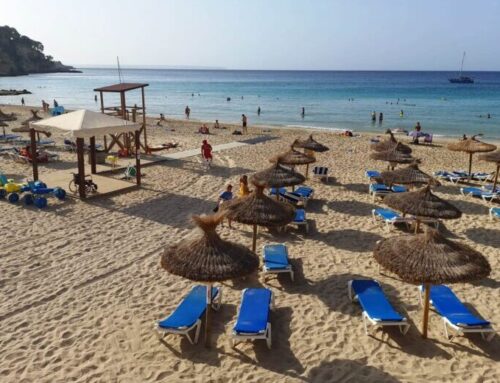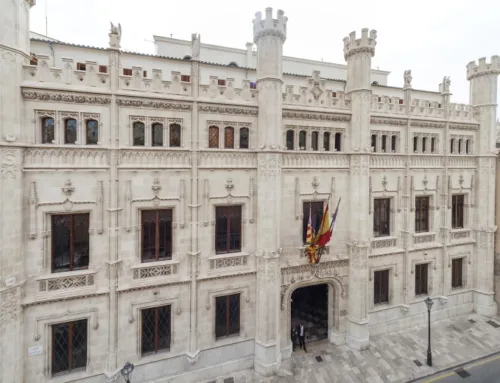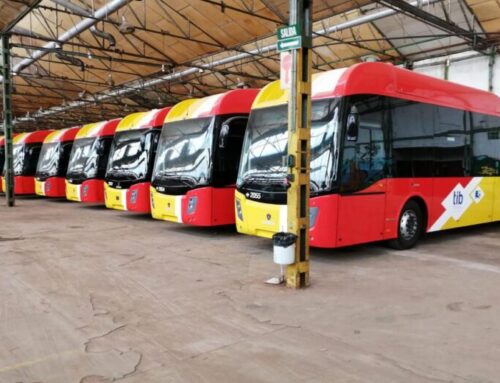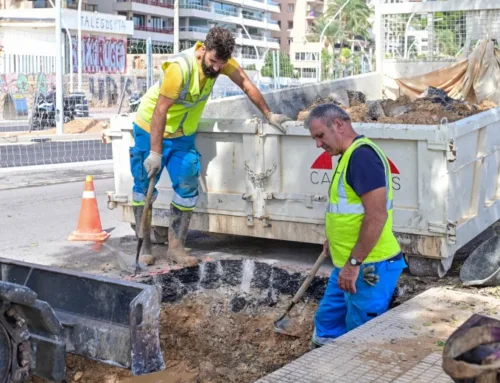
Port Pollença Promenade. Photo: R.B.
The economy of Pollença generates an annual added value of 474 million euros, supported by 760 companies and 6,352 workers. The municipality thus contributes 1.8% of Mallorca’s added value and 1.5% of the Balearic Islands’. This data was shared by the technical director of Impulsa Balears, Antoni Riera, at the launch of the ‘Pollença 21st Century’ series, a forum for reflection and debate organised by the Economic Development Area of the Pollença Town Hall. Riera’s lecture was titled ‘Reality and Challenges of the Pollença Economy’.
Differentiating Factors
Although at first glance Pollença may appear to have a similar economic structure to that of Mallorca, with a strong focus on the service sector (88.1%) compared to construction (7.1%), industry (4.2%), and agriculture (0.6%), it stands apart from other municipalities on the island due to its concentration in specific industrial segments. Notable examples include textile manufacturing (which is 3.6 times more concentrated than on the island as a whole), the cork and wood industry (2.93), and the transport equipment manufacturing industry (1.56). In the primary sector, the municipality’s focus on fishing and aquaculture is also twice as strong as the island average (2.55). Additionally, Pollença leads in financial services concentration (1.75) and ranks as the second highest in telecommunications services (2.25), alongside notable concentrations in maritime transport activities (2.80) and real estate services (2.39).
“The most prosperous municipalities will be those that integrate more knowledge into goods and services”
Behind these concentrations lie important knowledge bases that are key to creating diverse and valuable outputs. According to Riera, “Pollença must capitalise on this potential for the future, as the most prosperous municipalities will no longer be those that produce the most goods and services, but those that can integrate more knowledge and a wider range of knowledge into the goods and services they produce. These distinct knowledge bases, when preserved and enriched, are precisely what make a municipality unique and attractive.”
During his presentation, Riera introduced the latest update of i|specialisation, an interactive database that maps the economic profile of the Balearic Islands’ 4 main islands and 67 municipalities. To access the latest data from i|specialisation, which includes data from all Balearic municipalities, you only need to register on the Impulsa Balears website. Registration is free, requiring only an email address.







Leave A Comment